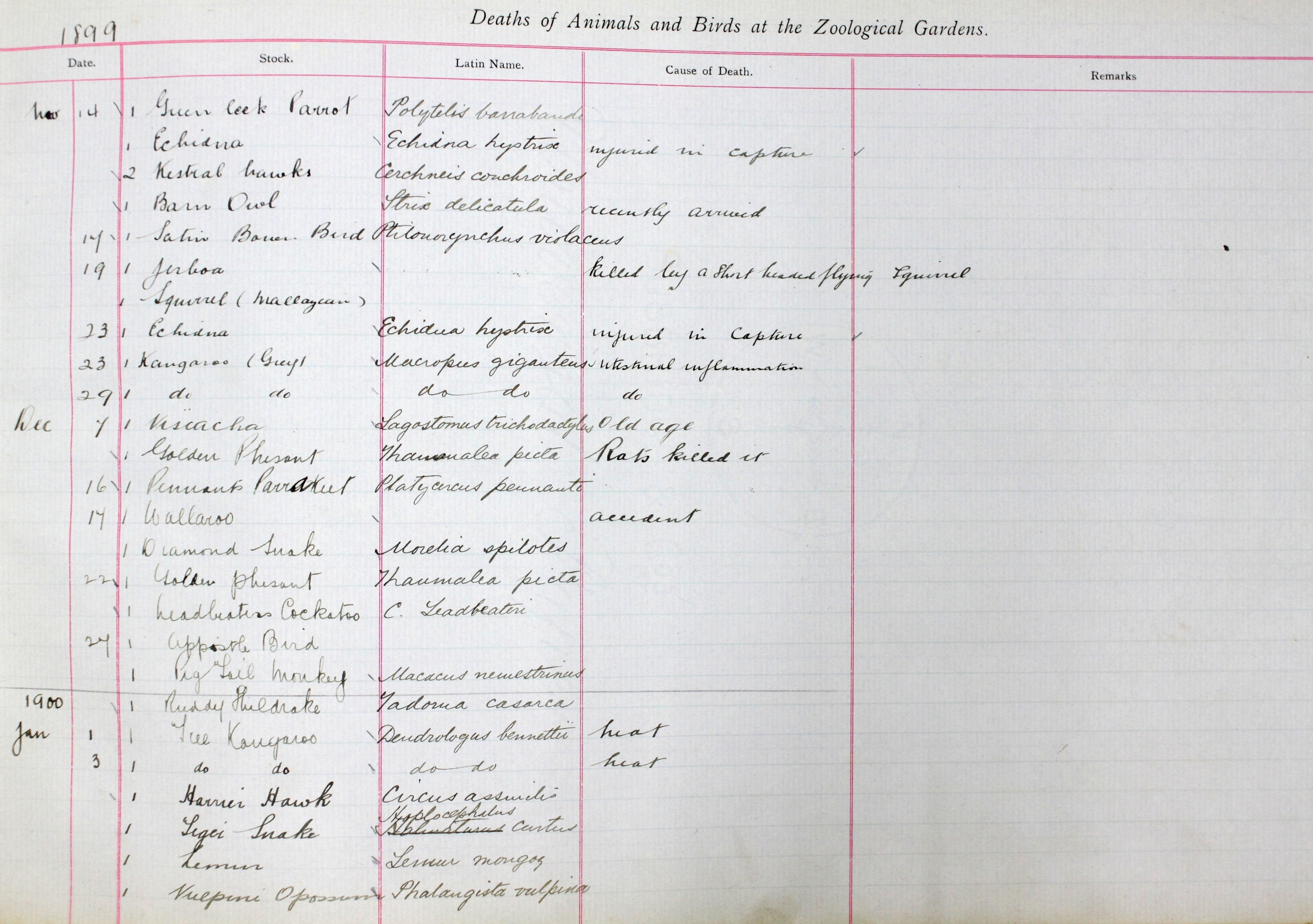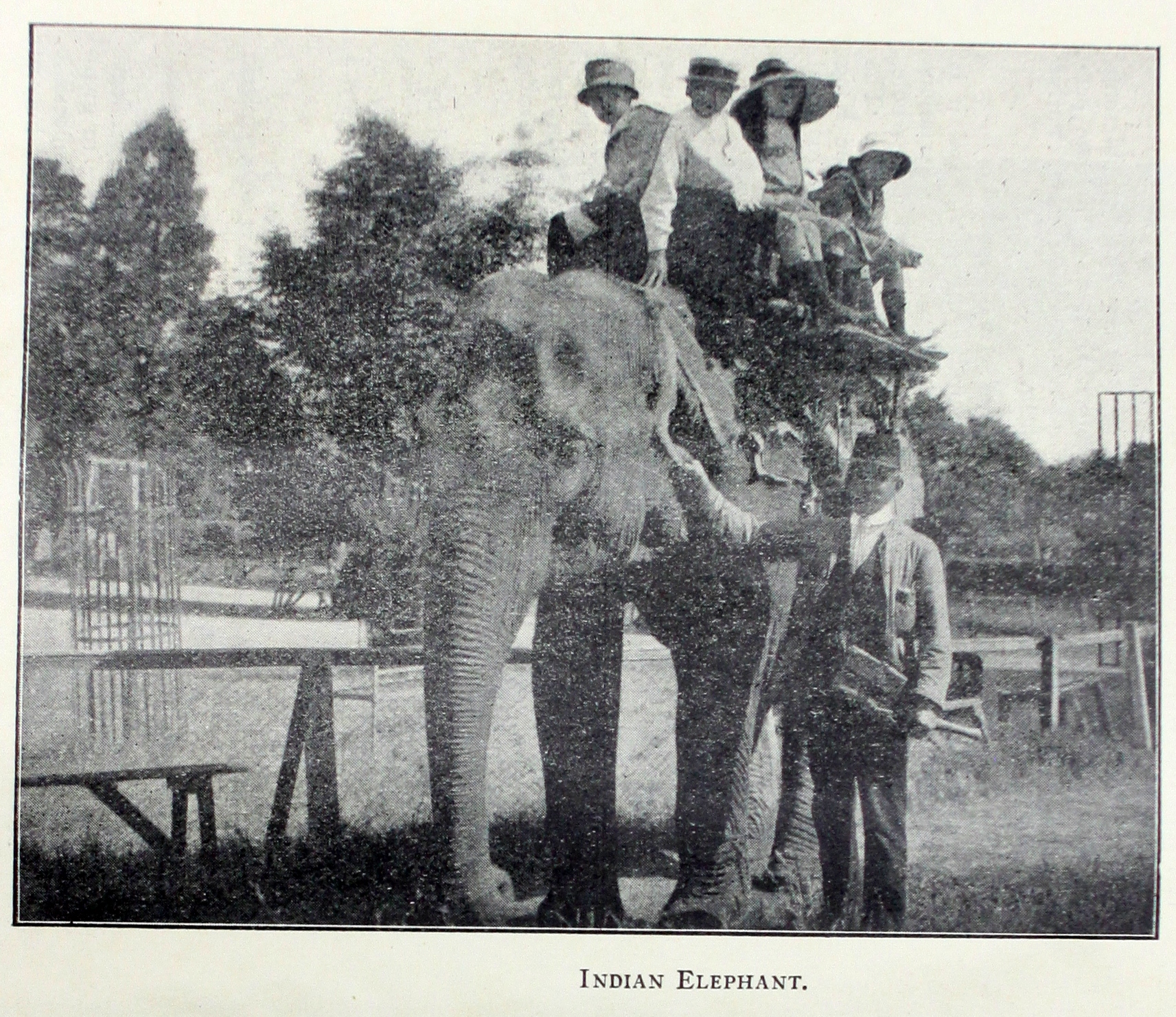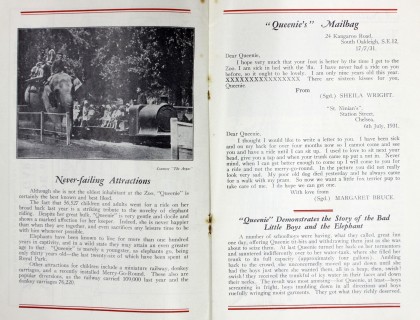Author: Graham Herschell
In this month’s archival snapshot, PROV’s Graham Herschell delves into the records of the Melbourne Zoological Gardens.
Carnage at the Zoo: Jerboa savaged by Short Haired Flying Squirrel
So might go the headline among the inhabitants of the Melbourne Zoological Gardens in November 1899.
The poor Jerboa, a tiny jumping rodent, wasn’t the only zoo death that month either. A couple of tree kangaroos died from heat exhaustion, rats killed a poor golden pheasant, and a deer was shot for being too savage.
This and more can be gleaned by a perusal of VPRS 2228/P0 Unit 1: Register of Deaths of Animals and Birds at the Zoological Gardens.
This register, as its name suggests, is a fascinating record of the animals that died at the Gardens and, in a lot of cases, how the death occurred.

A page of registered deaths, Zoological Gardens, vprs 2228/P0/1 - The demise of the Tasmanian wolf
A young Tasmanian wolf was “eaten by others” in 1900 while in another sad entry, one was listed as having died as late as July 1930 - the only comment for this entry is that it was originally purchased from J.Harrison Tasmania in Nov 1929. The Tasmanian wolf (sometimes called the Tasmanian tiger) became extinct soon after, in 1936.
On the other side of the ledger is VPRS 2226/P1 Unit1: Register of Animals Received at the Zoological Gardens. This record documents animals purchased or gifted to the Zoo often by private citizens, suggesting that perhaps people in the late 18th and early 19th centuries kept some very exotic pets - including monkeys, snakes, red deer, ruffed lemurs and mountain phalangers, all presented by Mrs Kate Mills of Pembrook North.
Again, there are also a number of entries for the Tasmanian wolf; one in 1904 then three in 1914 purchased from Harrison, Josephs and a Captain McDonal.

Animals received at the Zoo, vprs 2226/P1/1 - Queenie the elephant
Some of the most interesting documents relating to the Melbourne Zoological Gardens can be found in VPRS 8850: Records of the Royal Melbourne Zoological Gardens and Related Organisations. These records contain various correspondence, financial records, photographic records, publications, ephemera, copies of minutes, maps, plans, artworks, and audiovisual and graphic material including a collection of annual reports.
The Annual Report of 1899 contains an account by F.R. Godfrey who states very grandly that:
The Acclimatisation Society of Victoria was founded in 1861 by the late Mr. Edward Wilson, of the “Argus;” the late Mr. Frederick Selwyn; the late Dr Thomas Black, of Cintra, St Kilda; the late Mr Frederick Moule, and other prominent citizens, its object being, as expressed in the first report of the Council, in 1862, “to enrich the colony by stocking its broad territory with the choicest products of the animal kingdom borrowed from every temperate region on the face of the globe,” and thus fulfil the accomplishment of its motto, “Omnis feret omnia tellus” (every land will bring forth all things).
Of all the things that were brought forth, the elephant it seems was most popular.
The report of 1899 refers to the creature as Proboscidea Elephant indicus and the fly page includes a picture of zoo patrons riding on its back.

A photo from the Official Guide to the Zoo, vprs 8850: Records of the Royal Melbourne Zoological Gardens and Related Organisations
In the Zoo Guide of 1922 the elephant is still prominent and although the language has become more casual the elephant isn’t named. However, the “Elephant Walk” is described and it is reported that “Children can ride on the Elephant from two to four o’clock during the afternoons…”
The 1931 Guide enthuses about the famous Queenie describing her as “…very gentle and docile and shows a marked affection for her keeper” and as we know that didn’t turn out well as she crushed her keeper, Wilfred Lawson, in 1944.

Queenie has a dedicated double-page spread in the 1931 Guide to the Zoo - You can find more information about Queenie on the PROV Wiki, here.
The Wiki also contains some fascinating records on:
While the Culture Victoria website contains a wonderful gallery:
Material in the Public Record Office Victoria archival collection contains words and descriptions that reflect attitudes and government policies at different times which may be insensitive and upsetting
Aboriginal and Torres Strait Islander Peoples should be aware the collection and website may contain images, voices and names of deceased persons.
PROV provides advice to researchers wishing to access, publish or re-use records about Aboriginal Peoples
